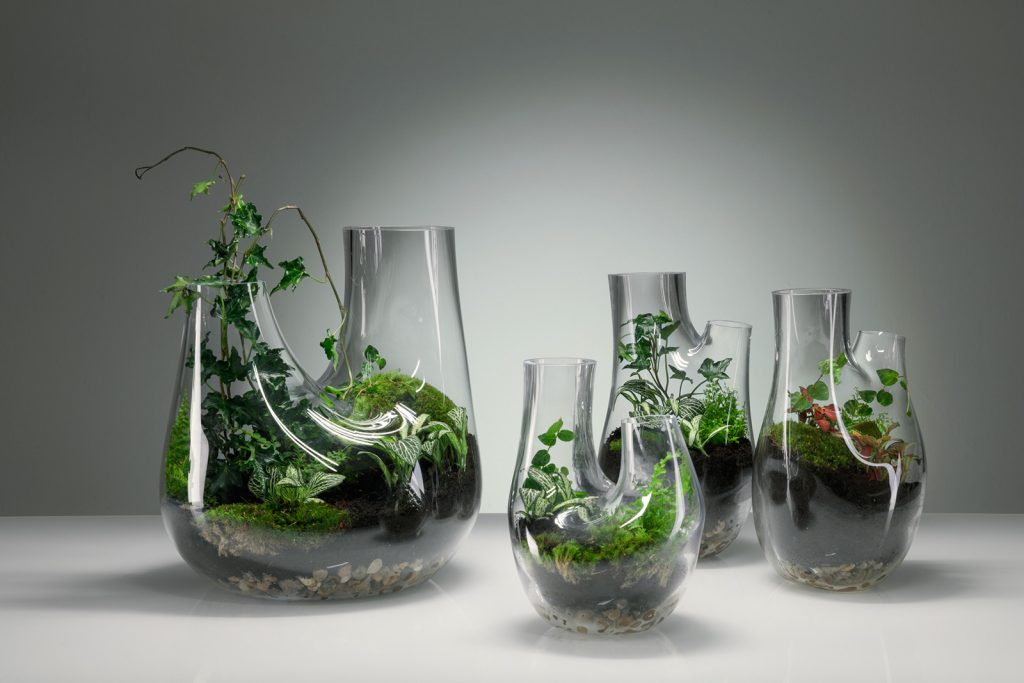Tom Dixon, Maison & Objet’s Designer of the Year
The copper-loving British designer’s latest barware collection, designing a hotel and his plans for the London Design Festival

by Caroline Kinneberg
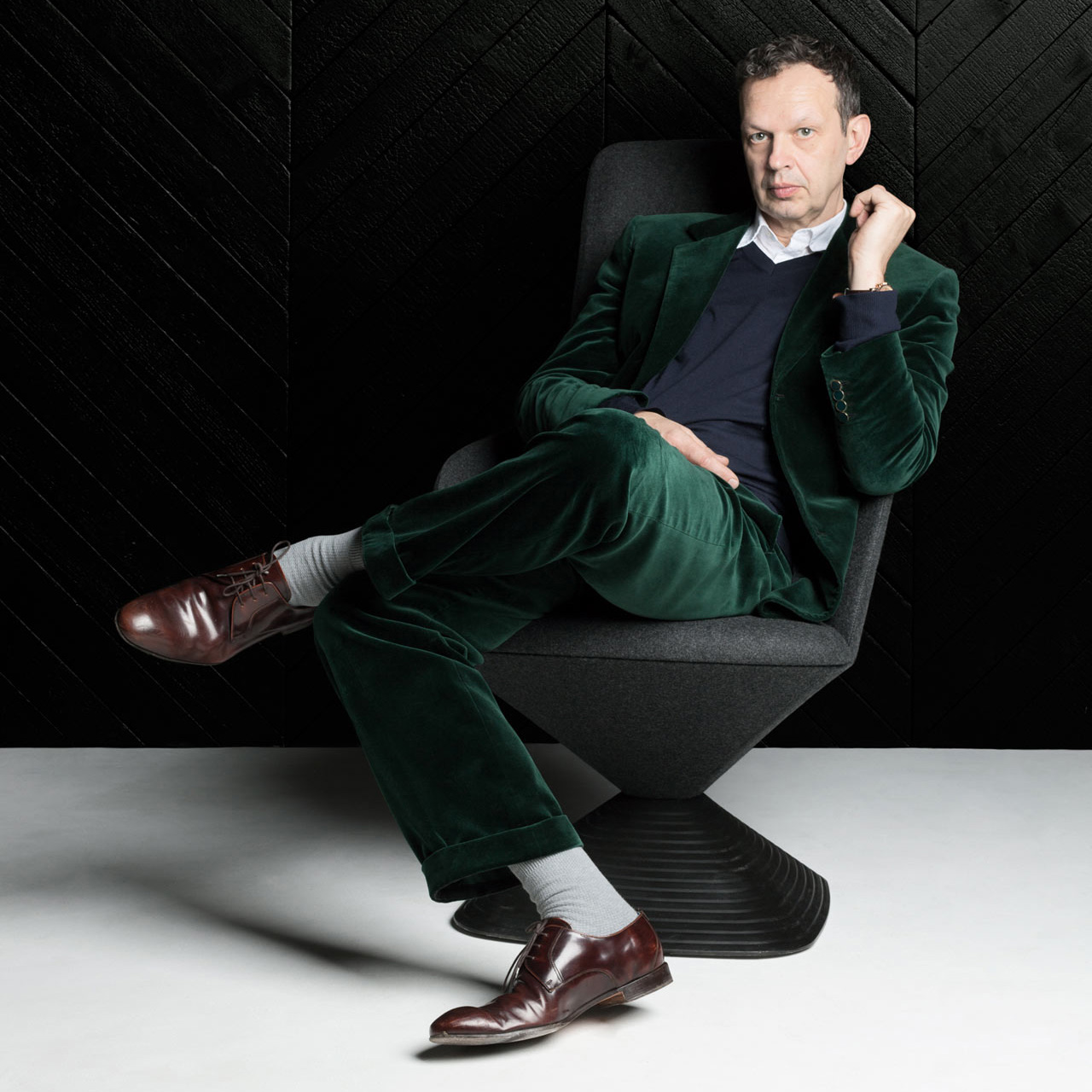
Tom Dixon might have received an OBE from Her Majesty in 2001, but that hasn’t made him blasé about winning other awards. Cool Hunting sat down with him last week at the latest edition of Maison & Objet, Paris’ colossal biannual home design tradeshow, where he was honored as Designer of the Year. Wanting to do something special for the show, Dixon built a popup factory with limited-edition products produced and sold on site, and unveiled a new line of glass-and-copper barware, Scent Elements diffusers and pressed-glass candleholders that will be available come October.
In such a good mood was the gold-toothed designer, he even celebrated with a hush-hush late-night performance at David Lynch’s club Silencio, with Tom on bass (like his days in the ’80s playing in the London band Funkapolitan) and art book publisher Robert Violette taking over the drums. Read on to learn more about the upcoming Mondrian Hotel opening and his plans for London Design Festival.
How did your gig go last night?
I think we got away from it not that badly, but then I heard this morning that—we’d played a kind of karaoke-version of “Get Lucky”—it turns out that one of the Daft Punk boys was there. So I’m feeling a bit, kind of like, embarrassed.
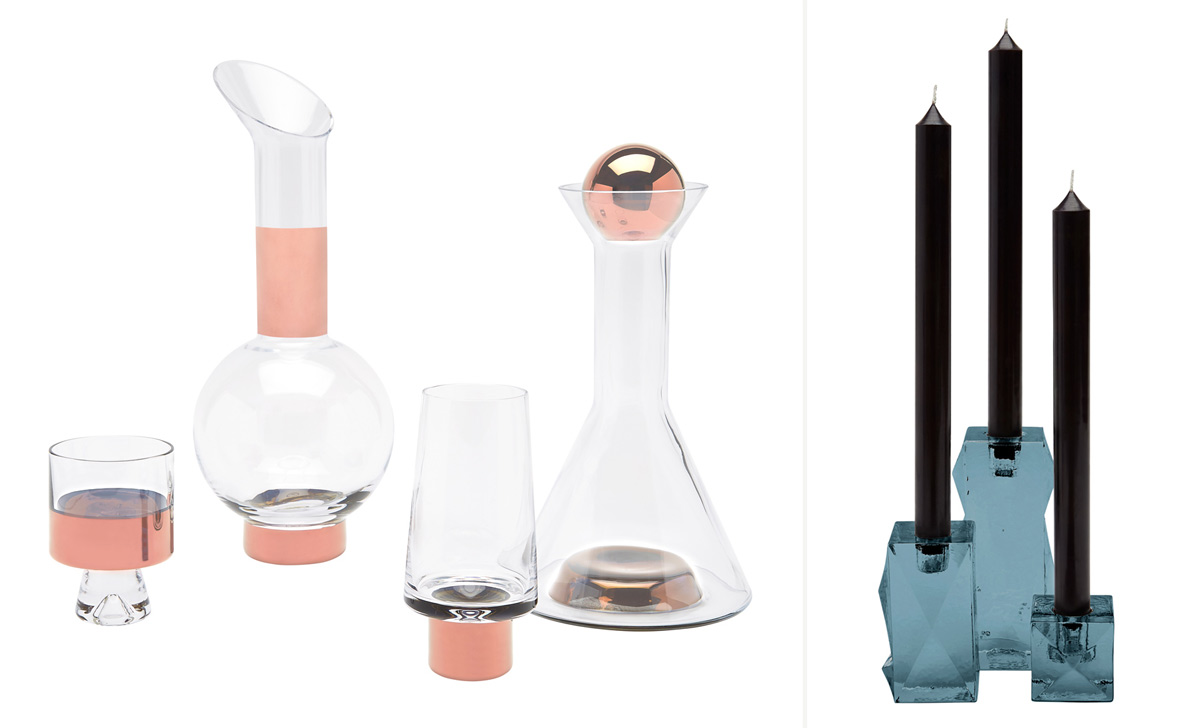
I think the worst thing you can do is get too internalized in your profession. Acting like a designer would be a disaster, right?
You gave a talk at M&O and mentioned that you can also be caught with an apron on from time to time at Dock Kitchen, your restaurant in London.
I try to do a shift every couple of weeks. It’s quite good for humility. You go right to the bottom of the kitchen and you’re bossed around. So I do cold starters and desserts. That’s been kind of instrumental in some of the tabletop items. [The Dock] is also a really good place to observe, since it’s an open kitchen, how people use the furniture and to think about lighting in restaurants. I’m interested in all those experiences like music or food in terms of how it informs your design thinking. I think the worst thing you can do is get too internalized in your profession. Acting like a designer would be a disaster, right?
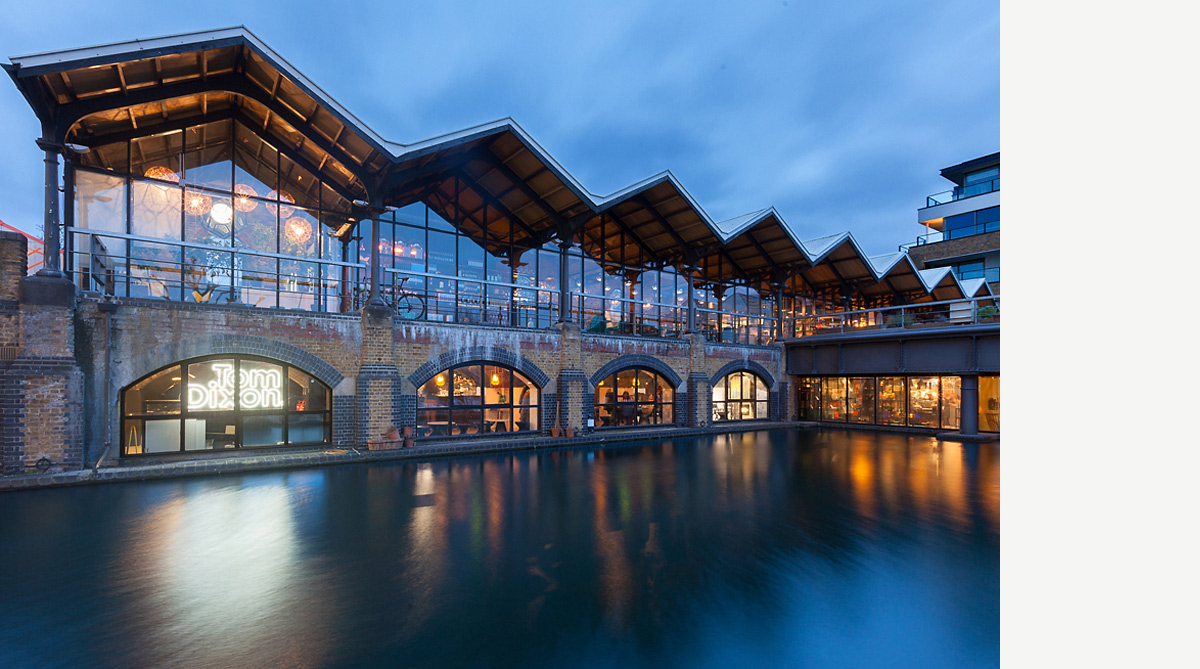
Do you have any interesting plans for your restaurant?
We’ve a got a nice little company called Kitchenette that is coming to do a series of temporary restaurants down there. Kitchenette is kind of an incubator for street food brands that want to move to having restaurants. Every three months there’ll be a new street food concept, starting with Indian stuffed buns. It’s kind of like an interim space for people to try out what it’s like to have a fixed space rather than a street cart. So we’ll be using some of the space to do.
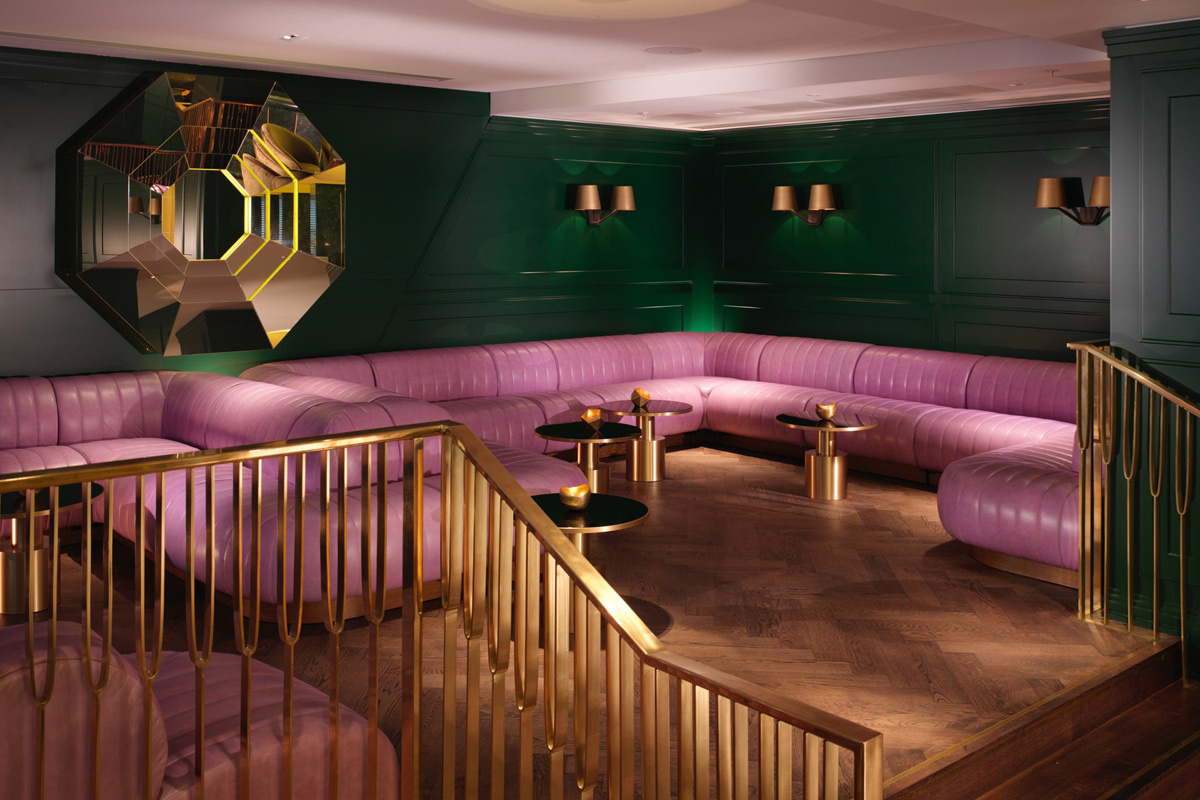
And now you’re also in the hotel business, with the opening of the Mondrian London at Sea Containers in two weeks. What were your design influences for the project?
Sea Containers House is a pretty ugly concrete building from the late ’70s which was supposed to be a hotel but in the end was always used as office space. It was designed by an American architect, Warren Platner, who did a very famous chair with Knoll and also did the restaurant Windows on the World, which was the restaurant in the Twin Towers. He was pretty well known in the 1970s.
I don’t have a method for designing places; I look at the story we’re trying to tell. For me it was really the idea of an Anglo-American alliance. There were always voyages between London and New York, notably with the big cruise liners back in the day. So we took some maritime influence, and we tried to take the best of London and the best of New York. Because it’s also an American hotel company, Morgans, that’s in London for the first time.
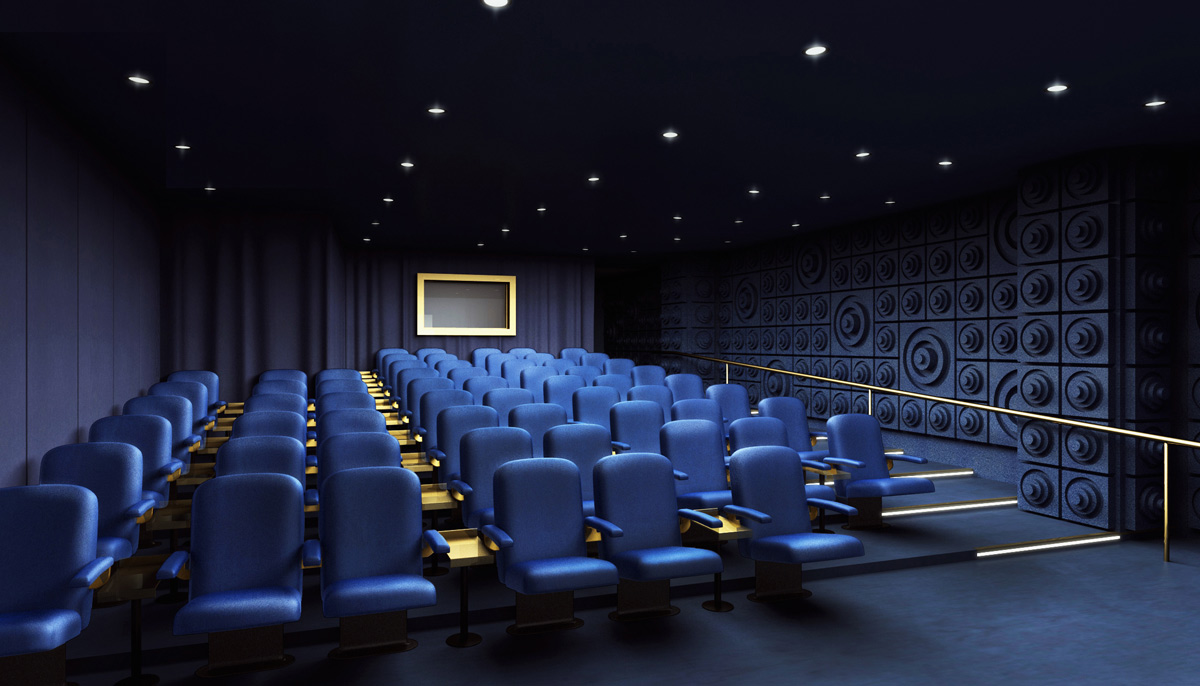
How was designing a hotel different from other spaces you’ve worked on?
It’s a monumental amount of space, a quarter of a million square feet, so it’s a scale we’ve not been used to working at. It’s great, because you get to do conference rooms, there’s a little cinema, and a spa, and a rooftop bar, so all of these challenges I’ve never encountered before. What I like is a new adventure, and designing the hotel has been like designing a small village more than designing an interior, which is what we’re used to. I love to do things in an untutored way, I don’t want to be too expert on things, I like to be an outsider. But once you’ve done your first one, you’ve got enough knowledge to do another one better for sure. I think it’s taught us a vast amount about a technical and tough environment.
You know, particularly hotel rooms, it’s like you’ve got a new family moving in practically every night and not knowing how they use the furniture. And the things people do in hotels I don’t want to tell you about. You hear about the abuse those rooms get, so everything has to be more heavyweight, more functional, more thought-through than you would in a normal interior. It’s taught us a lot about longevity, about product performance, about expectations of some of the toughest clients.

The hotel design has been in the works for three and a half years, whereas you came up for the idea behind your popup factory here only three months ago.
When you’re awarded Designer of the Year, you’re supposed to do a little exhibition, normally people do a retrospective of your work. I thought, stupidly, that we should try to do something new. So first of all we were going to do a restaurant, then we tried to get them to let us make a shop… and finally they said fine, you can sell your stuff but only as long as it’s stuff created just for Maison & Objet. And we only had three months left—but this is exactly what I’m talking about, constraints being the motor for creativity. I wanted to do something about smells, to make Paris smell of London. So this kind of demonstrates a bit of what still excites me, which is design as not just a shape-maker, but as somebody who is interested in the whole chain of events: manufacturing, production, communication, labeling, branding and selling it. And the whole idea that you can turn a lump of mud into money. It’s about alchemy. Clay into gold.

How are you going to follow up at London Design Festival this week?
We kind of decided to do the opposite of what everyone else does. We’re going to do a massive sale, so while everyone else is showing something new, we’re going to get rid of everything old. We’ve got this vast sale at Designjunction. It’s a factory outlet basically. We’ve got all of the loading bay and we’re going to stuff it like our warehouse, and just get rid of everything so we can start concentrating on selling new things.
Hotel images courtesy of Mondrian, all others courtesy of Tom Dixon
